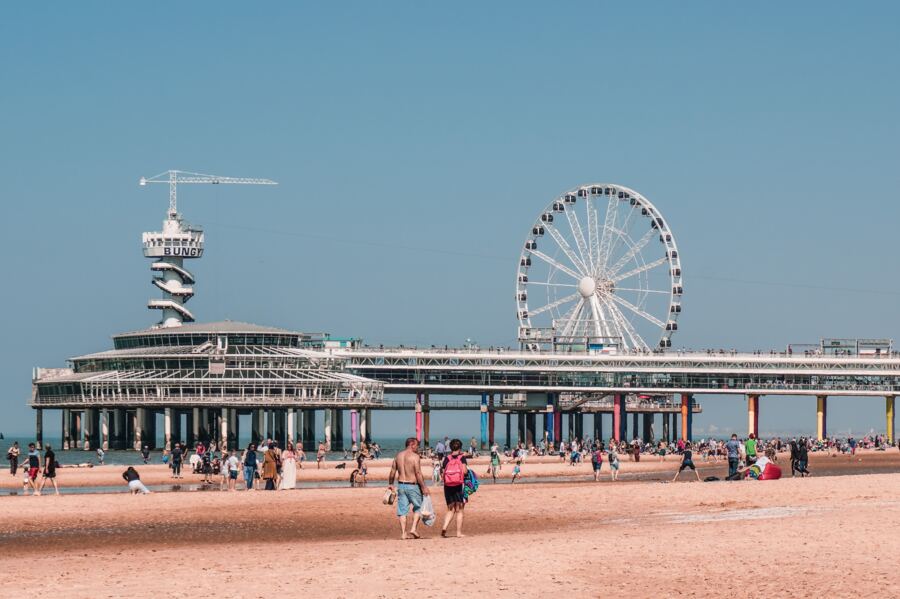The history of the Netherlands begins as that of a seafaring people who thrived on a plain in northwestern Europe. Since the Romans arrived in 59 B.C approximately, the country has been a major trading and naval country. Several cities in the Netherlands claim to be the oldest city in the Netherlands.
Be that as it may, these cities are all rich in history, and the splendor and some ancient architecture can still be delighted upon by the visitors! Get your OV Chipkaart ready, and your photography skills sharpened because here comes the list of top 5 oldest cities in the Netherlands that you should visit.
1. Nijmegen (19 B.C)
Nijmegen was an inhabited place in Roman times, presumably as early as 19 B.C but possibly much earlier than that. Unfortunately, in 70 A.D the city was destroyed during the Batavian revolt, forcing its inhabitants to flee the city, and never returning back. They settled a few kilometers nearby, and it was only years later that the place we know today as Nijmegen was inhabited again
One attraction that refers to the city’s ancient existence is the Barbarossa ruins in the Valkhof park. A palace used to stand here in the past. It is said that this area was where Charlemagne troops were settling in their tents. Nowadays it is a beautiful place to have drinks, walks in the park or enjoy several sports activities.
2. Maastricht (500 B.C)
As opposed to Nijmegen, the city of Maastricht always had people living in it. For this reason, people claim that Maastricht should be named the oldest city in The Netherlands. Definitely worth a visit is one of it’s oldest monuments, the Helpoort. As the former part of the city wall, the Helpoort stands alone today. One thing that can definitely be proclaimed oldest is the Sint Servaasbrug; the longest preserved bridge in the Netherlands.
3. Utrecht (50)
Around the year 50 the romans build a ‘castellum’ in the area where you now can find the famous Utrecht Domplein. The purpose of the castellum was to guard their border and mark the boundary between plots of land. The city still saw its fair share of turbulent times, as the Frisians and Franks would regularly fight with each over the possession of the city.
4. Zutphen (100-200)
Zutphen is also a Roman city, although it is not entirely clear when the city was founded. It is estimated to have been sometime between the beginning of the 2nd and 3rd centuries. Unfortunately, the city was also looted and vandalized by the Vikings, resulting in the construction of city walls around the 9th Century. Some of the remains of this wall can actually still be visited!
There have been recovered records of the city, some even dating back to 800. Around this period of time, Zutphen was an administrative center. The real city rights were not granted to them until 119, when Zutphen also joined the Hanseatic League.
5. Aardenburg (174)
Even though it was already inhabited in the Stone Age, In 174 Aardenburg became a more important settlement as the Romans established a castellum and army camp. However, this fort was abandoned in 225 AD, to be returned to between 260 and 274.
In the eighth century, Aardenburg was also raided by the Vikings. This resulted in a fortress to be constructed around the city. This is the reason for the towns name: Aardenburg means earthen castle in Dutch. In 925, there was peace and the Church of St. Bavo was built. Aardenburg flourished economically and became one of the Hanseatic cities. Aardenburg obtained city rights as one of the first Dutch cities in 1187.
If you are wondering why large cities like Amsterdam and Rotterdam did not make it to the list, this is because both of these cities are much younger! Both Rotterdam and Amsterdam have their origins in the 12th century.
Which of these cities have you visited? Which Dutch city is your favorite?





